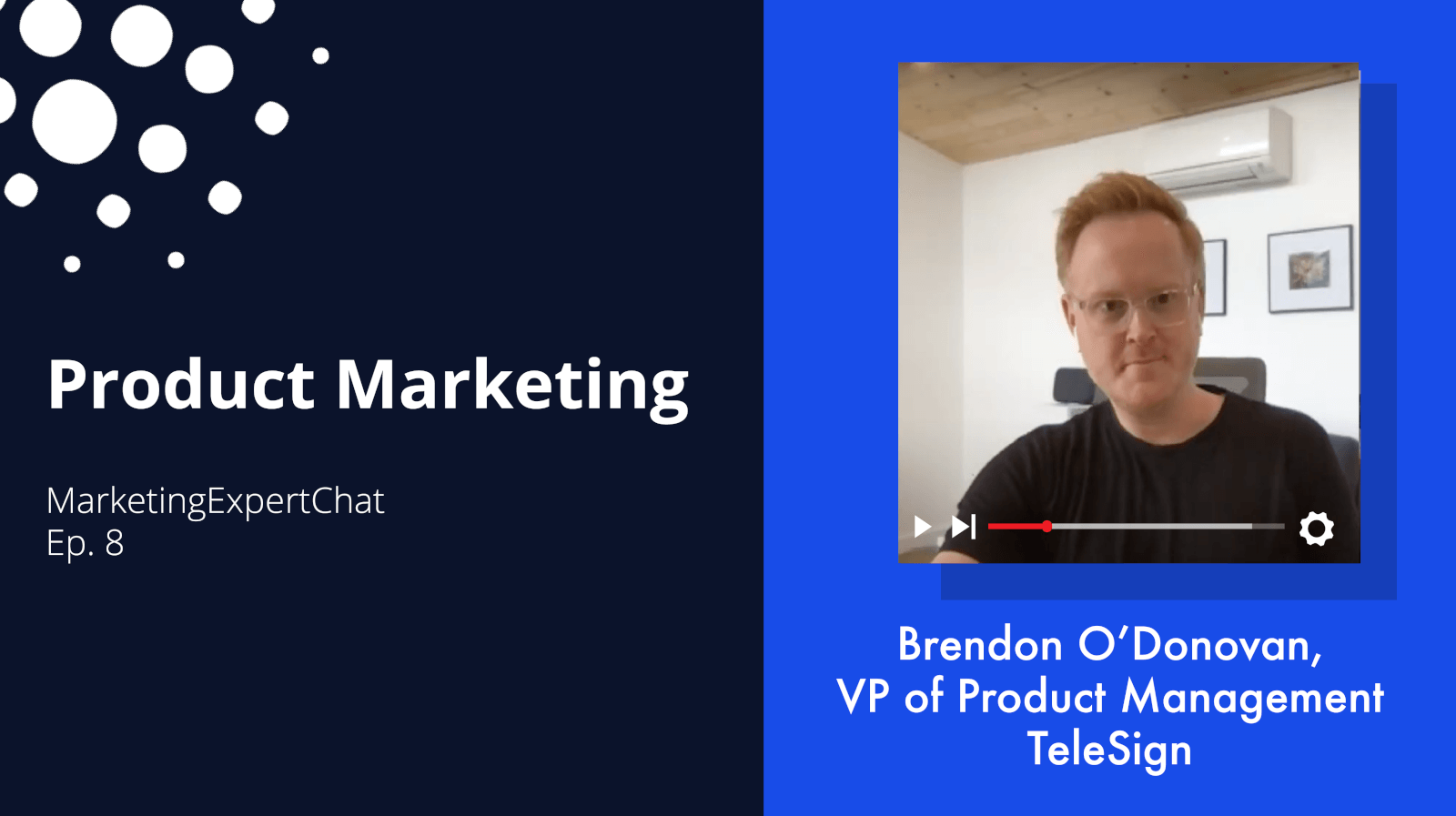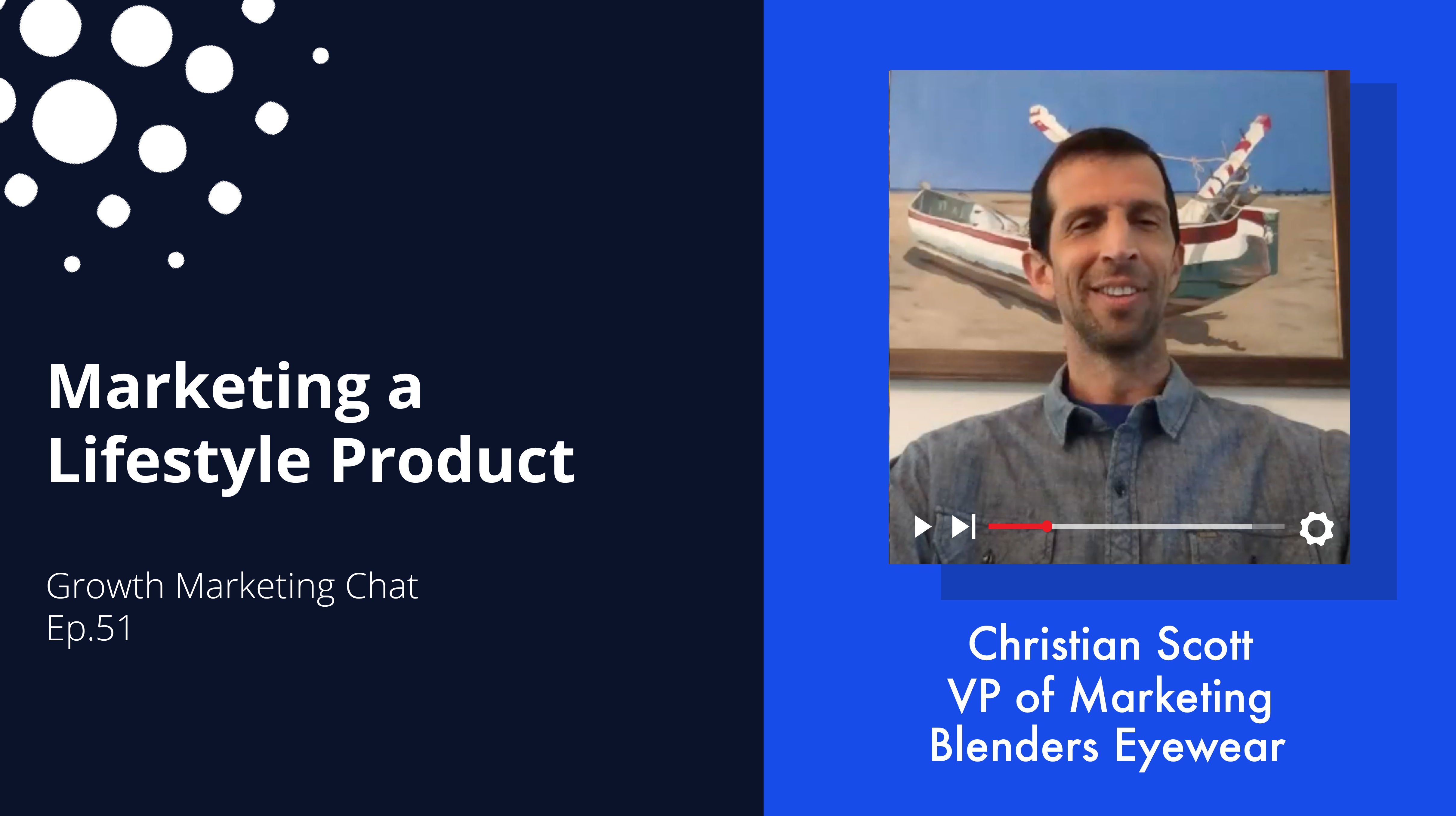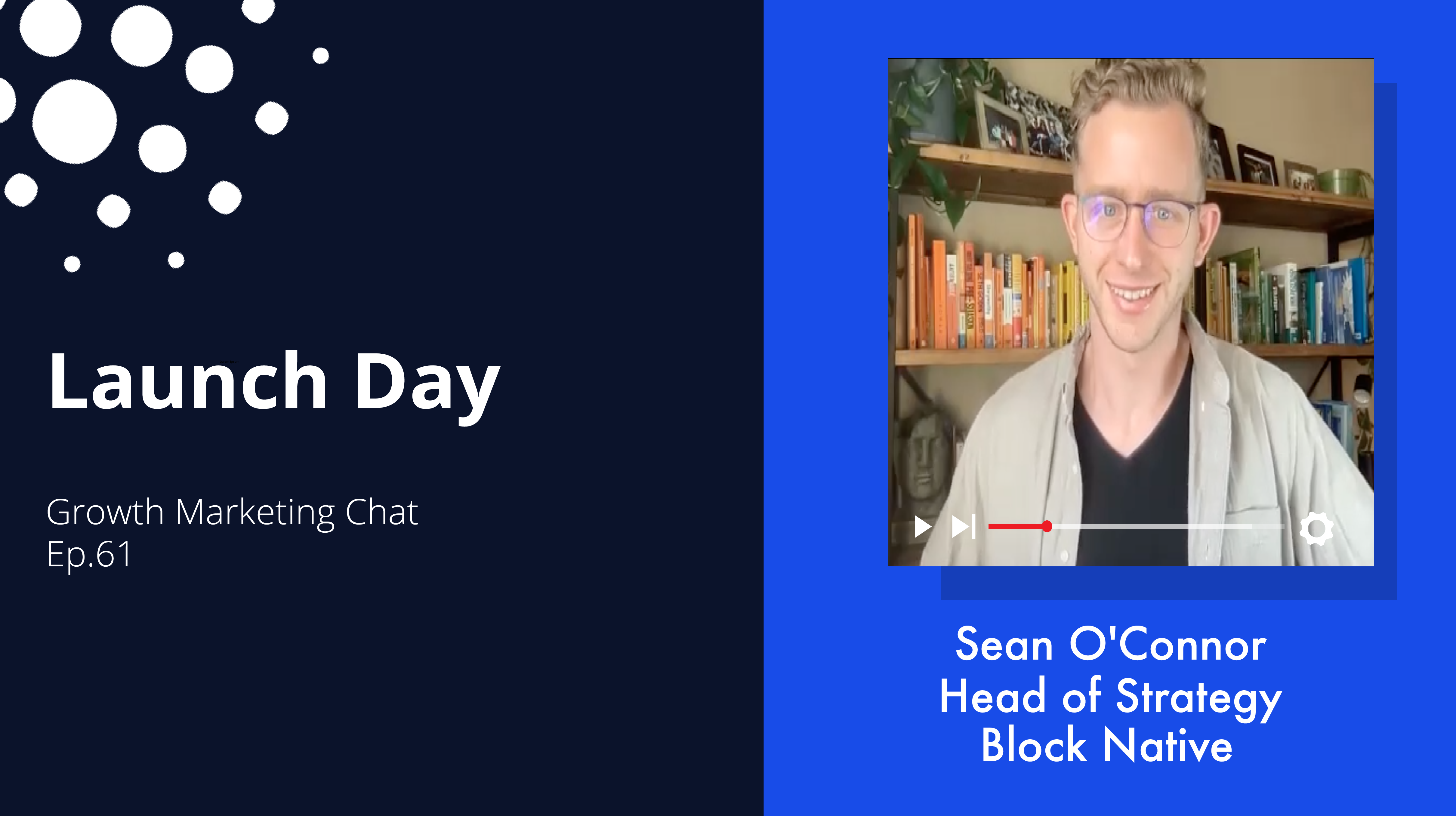If you’re getting ready to release a new product, there are a lot of product marketing tasks that need to be squared away before everything becomes public-facing.
Research needs to be conducted, positioning needs to be determined, value propositions need to be identified and messaging needs to be created.
But that’s not all; the list goes on.
Your Basic Product Launch Checklist for Marketing
If you’re worried you’re missing something, don’t worry! Brandon Most, Head of Marketing at BoostUp.ai, breaks the process down into a basic checklist, and he covers the ins and outs of the groundwork that needs to be set prior to launch day.
He reviews:
-
Assessing where your primary buyer personas consume information
-
Determining the tools you need to discover and communicate with your audience
-
Pinpointing key value propositions
Take 5 minutes to review everything you need to have in order before launching your new product. Ready? Tune in now!
Video Transcript:
CAROLINE: Hi, today I am here with Brandon Most. Brandon is a product marketing and demand gen expert, and he is the Head of Marketing at BoostUp.ai. Brandon, thank you so much for being with us today.
BRANDON: Thanks for having me, Caroline.
CAROLINE: So today we're going to talk about marketing new products. And one of the challenges when you market at a relatively new product is that most of the time it's not well-known people don't even know that you exist. So how can you go about creating brand awareness for a product that is relatively new and not well known in the market?
BRANDON: Yeah. Great question. So, I think what you really need to do, and it starts before you really start building your brand, it's really about understanding your market, understanding your ICP, your primary personas, and really narrowing that really tight. So really understand who they are, where they actually go to digest information so you can prioritize where it is that you're putting information out. And then just really focusing on what's the value prop. So really getting a headset of the key personas and really trying to figure out the things that they're looking for before you ever really think about how to build the brand. I think that's crucial. Step one.
CAROLINE: Alright. And then could you talk about some of the techniques that you've been using to either in this role or in past roles, to get in front of people when they're not necessarily looking for you yet?
BRANDON: Yeah, I mean, I think it starts with that understanding of the persona and where do they go to digest information. So, one of the things that I've always found valuable is really thinking about where they go. So, it could be newsletters, it could be review sites. And so, a lot of B2B, SaaS companies and SaaS people that we target really look at G2 and Capterra, and they really want to try to understand what are people saying about the product. And so, I think it really starts with creating a foundation for the places that you need to be and putting focus on the few things where people are going. And at the same time, there's a lot of testing that has to happen. And so really trying to understand what works best for your channel, whether it's, you know, Google ads or it's LinkedIn, Instagram, there's a multitude of ways you can get in front of them but it's really narrowing down and finding the one that works and then duplicating that success and then upping the budget as you would kind of find that initial success and kind of just progressed from there.
CAROLINE: All right. All right. Right. Yeah. And finding where your audience actually is, is really powerful. And there are plenty of tool out there now that you can use that will tell you, you know, what Twitter accounts do they follow, what publications do they do read and all of this and I would really encourage everybody to look up these tools, because it's really powerful once you have that.
BRANDON: Yeah. I also think it's crucial to kind of figure out what tools you need. So, you're speaking of tools, right? So, what tools did you need to get in front of the right people to make things simpler? So, automation tools through standard, LinkedIn, through Facebook ads and things like that. Through, you know, making sure analytics are set up so you can track all that. So, it really starts with understanding what tools you need, whether it comes from contact sourcing, whether it comes from how do you automate the outreach, whether it comes from just make sure you have a platform that stores all contacts, getting that foundation of the tool set up and integrated, so you can accurately track and progress, and how things are working. Because without that, you're just really having siloed information that you can't really track the complete success or failure, for that matter, of a particular initiative. And so that's critical for me.
CAROLINE: Right, right. Yeah. That's extremely important. All right. Well, Brandon, thank you so much for being here and sharing all these insights with us.
BRANDON: Hey, I appreciate you having me. And no, I think it's a great topic. I think as a startup company, there's a lot of things that you can do. It's really about focusing on the things that are most important first, and then
don't forget to experiment. Find out what works, what doesn't work, fail fast, learn fast and really double down on the things that's working for you.
CAROLINE: Exactly. All right. Thank you so much, Brandon.
BRANDON: Thank you.





